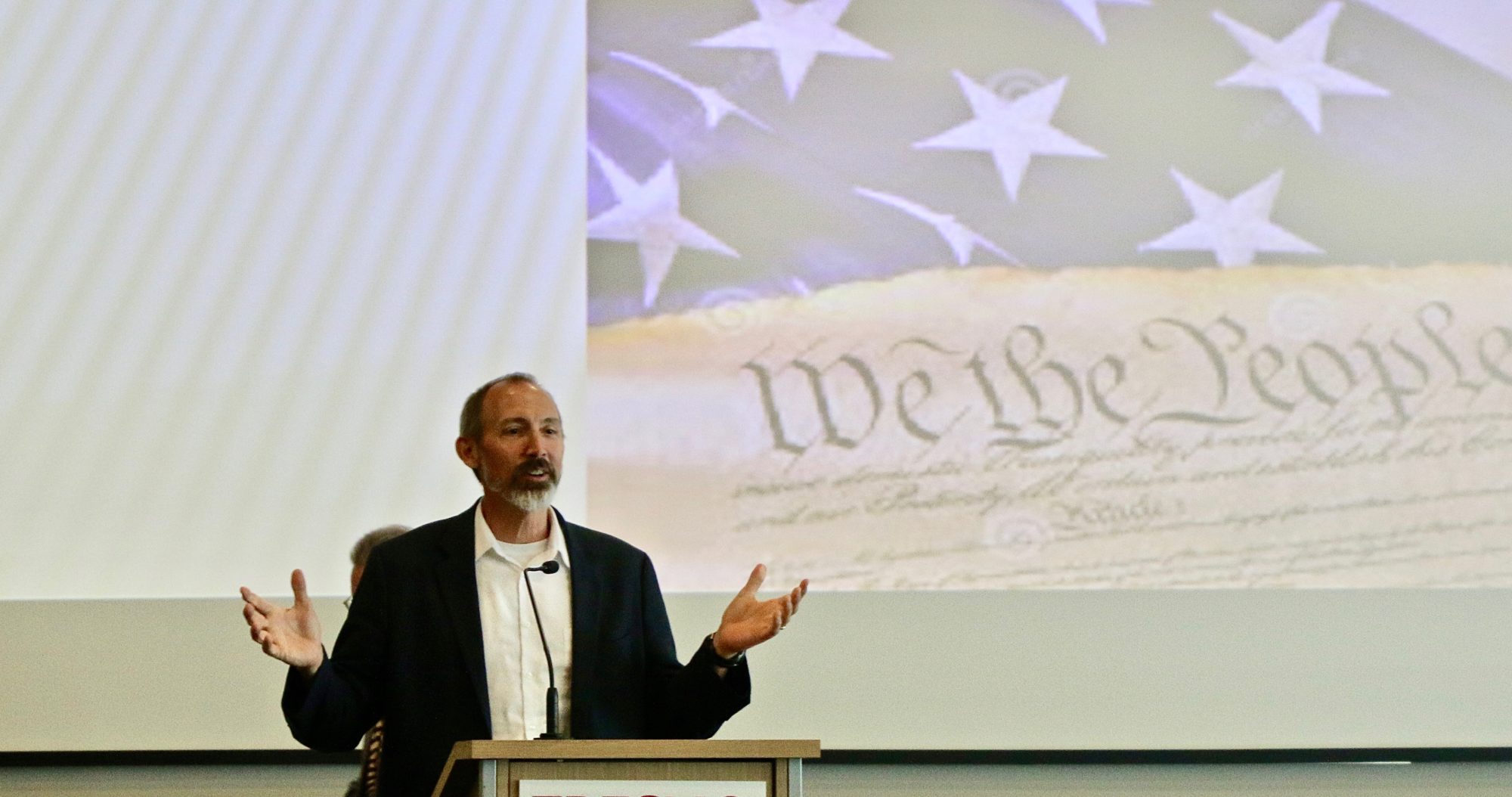Can mindfulness influence our moral character?
Andrew Fiala
Fresno Bee, Originally published 2013-01-12
Take a breath and slowly exhale. Unclench your jaw. Clear your mind. Be present now. Feel better?
A growing body of evidence suggests that there are mental, physical and emotional benefits to yoga and meditation. Some recent studies suggest that mindfulness can lead us to be more ethical.
A recent paper by Marc Lampe, a professor at the University of San Diego, argues thatmindfulness helps improve cognitive awareness and emotional regulation. This can contribute to ethical decision making. A study by Nicole Ruedy and Maurice Schweitzer, at the University of Pennsylvania, links mindfulness to “moral attentiveness.” They claim that mindfulnesshelps us avoid making excuses for immoral behavior.
This is not too surprising. Common sense tells us that we think more clearly when we calm our emotions by taking a few deep breaths. But perhaps there is more to mindfulness than deep breathing and attentive awareness.
The practice of mindfulness comes from non-Western religions such as Hinduism and Buddhism. When Zen master Thich Nhat Hanh teaches that mindfulness helps us touch the peace that is here now in the present moment, it is easy to forget that there is a complicated metaphysical and psychological theory underlying this idea.
Despite these exotic roots, Americans have embraced mindfulness. A congressman from Ohio, Tim Ryan, published a book last year, “A Mindful Nation,” which suggests thatmindfulness can help us work better, reduce health-care costs and improve the performance of the military. Ryan even secured a million-dollar federal earmark for mindfulness training in schools in Youngstown, Ohio, with the goal of using mindfulness to improve student performance.
I wonder, however, whether mindfulness should be employed as a tool for achieving the American Dream. There is something odd about using yoga to enhance military performance or meditating in order to improve profit margins. The core of mindful meditation seems to point in another more peaceful and less materialistic direction.
Critics of mindfulness worry that Eastern meditation practices cannot be easily grafted onto Western roots. Consider the controversy that erupted recently in Encinitas, a yoga-friendly beach town north of San Diego. When the Encinitas schools introduced yoga as part of the school day, Christian parents threatened to sue the school district. They view yoga as a pagan practice and demanded that their children be exempted from the program.
Some Christians have embraced alternative contemplative practices without seeing a contradiction with their own spiritual commitments. But other Christians remain opposed. In 2011, an Italian priest, Gabriele Amorth, denounced yoga as Satanic. The president of the Southern Baptist Seminary, Albert Mohler, described Eastern meditation as an “empty promise,” since it focuses on emptying the mind instead of connecting with God. Christian pastor Mark Driscoll argues that Eastern spirituality blurs the distinction between good and evil, “promoting cultural pluralism and the denial of truth.”
The claim that meditation results in relativism and the denial of truth is a significant accusation. Traditional Western approaches to ethics and religion focus on rule-following behavior and orthodoxy of belief. This requires clear judgment and an effort to distinguish between right and wrong. But mindfulness in Eastern traditions appears to have a different focus, as nonjudgmental awareness.
Jon Kabbat-Zinn — an influential proponent of meditation — connects mindfulness with nonjudging acceptance and letting go. The idea is to let experience occur without attempting to categorize, manage and direct it. A kind of serenity and peacefulness develops when letting things be, without judgment or control.
Proponents of mindfulness connect this with values such as nonviolence and compassion. But the serene equanimity of mindfulness can seem to its critics like relativism and indifference to God and the good.
There are obvious benefits to taking a mindful breath. We do make better judgments when we are able to step aside from emotional tumult and the reactive pressures of the world. But critics will argue that this is not enough — that the empty mind must be filled with principles, truths and moral judgments. There is a fundamental difference of opinion here about what counts in terms of ethical discipline and spiritual practice.
There may be no way to resolve this dispute. But it might help us to think better about these deep questions, if we took a few mindful breaths.

